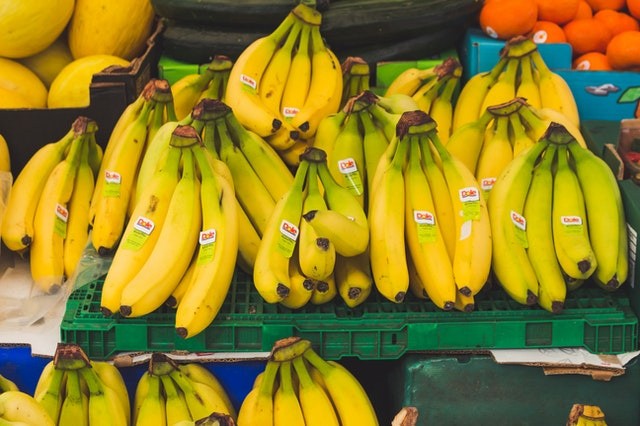In Italy, a team of scientists is leveraging microorganisms to consume polyethylene-based plastic waste in moist organic waste.

Organic Waste
An increasing quantity of foreign material is discovered in organic waste, in Italy, an estimation has been made that about 5% of organic waste is comprised of non-biodegradable materials, like metals and plastic bags. Two-third of these are from plastic materials, and a notable 50% comes from packaging.
In organic waste from household, common instance includes plastic bags and fruit label stickers confused for compostable and alternatives of biodegradable. Because just a small quantity of this plastic can be gotten rid of or repurposed, almost all end up in landfills.
Polyethylene-based Plastic
Efforts should be made to decrease the quantity of plastic waste disposed in this manner - for both environmental and economic reasons, according to a group of researchers at the University of Milan-Bicocca, Italy. Their solution makes use of the capabilities of some microorganisms that consume polyethylene-based plastic.
The scientists describe the polyethylene-consuming organism as 'allies' of their Micro-Val project. While minute in size - microorganisms cannot be seen with the naked eyes - they play an important role in interacting with the environment and humans.
Some organisms have the ability of biotransforming or biodegrading plastics that are partially polyethylene-based. Truly, some are already capable of eating these plastics, but scientists aim to make the process more efficient.
Polyethylene
Polyethylene also called polythene is the most commonly used plastic today. It is a polymer, mainly used for packaging (geomembranes, plastic films, plastic bags, containers including bottles, and so on). More than 100 million tonnes of polyethylene resins are been manufactured yearly as of 2017, accounting for a total of 34% of the plastics market. Many types of polyethylene are known, with majority having the chemicals formuar (C2H4)n.
PE is mostly a mixture of similar polymers of ethylene, with different values of n. It can be high-density or low-density: low-density polyethylene is ejected with the use of high temperature (520 kelvin) and high pressure (1000-5000 atm), while high-density polyethylene is ejected using low pressure (6-7 atm) and low temperature (333-343 K). Polyethylene is normally thermoplastic, but rather it can be reformed to become thermosetting, for instance, in cross-linked polyethylene.

Origin of Polyethylene
Polyethylene was initially synthesized by the German chemist named Hans von Pechmann, in 1898, he accidentally prepared it while investigating diazomethane. When his colleagues Friedrich Tschirner and Eugen Bamberger characterized the waxy, white substance that he had made, they realize that it had long -CH2- chains and gave it the name polymethylene.
The initial industrially practical polyethylene synthesis (diazomethane is a well-known unstable substance that is avoided in industrial application generally) was again discovered mistakenly in 1933 by Reginald Gibson and Eric Fawcett at the Imperial Chemical Industries (ICI) works in Northwich, England.
For more news, updates about polyethylene-based plastic waste and similar topics don't forget to follow Nature World News!
© 2025 NatureWorldNews.com All rights reserved. Do not reproduce without permission.





